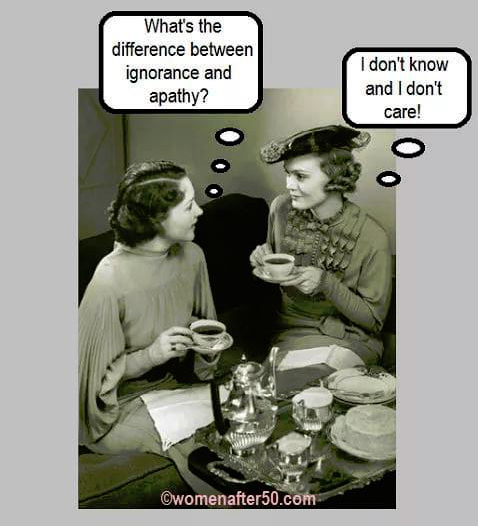|
Many of us have probably written or spoken statements such as:
Here's the keys to the car.
Here are those toothpicks you asked for.
Here's the ten baseball cards I owe you.
Here is the article I told you about. |
They are common forms of expression in American English. When spoken, most of these remarks will be understood regardless of whether they include the singular verb is or the plural verb are.
In daily formal writing, however, we will typically focus further on accurate use. In this discussion, we'll review the finer points of using here is and here are with precision in your writing.
Why and When We Use Here Is and Here Are
We use here is and here are in American English to identify the location of something or someone. By leading with "here," we also convey a greater sense of presentation or offering than if we place the adverb at the end of the sentence.
Compare the following:
Here are those toothpicks you asked for.
Those toothpicks you asked for are here. |
Beyond conveying the toothpicks have been located, the first sentence also indicates they are being brought closer to the requestor.
In the second sentence, having here at the end likewise informs that the toothpicks have been located. At the same time, it does not clearly suggest they are being exchanged or presented. The speaker might just be letting the other person know where to find them.
Using Here Is and Here Are With Precision
To determine whether to write "here is" or "here are" correctly, we will first identify the main subject of each sentence.
Here's the keys to the car.
Here are those toothpicks you asked for.
Here's the ten baseball cards I owe you.
Here is the article I told you about. |
We have plural subjects in the first three sentences and a singular subject in the last one. With that established, let's write the same statements with proper verb agreement.
Here are the keys to the car. (The keys to the car are here.)
Here are those toothpicks you asked for. (Those toothpicks you asked for are here.)
Here are the ten baseball cards I owe you. (The ten baseball cards I owe you are here.)
Here is the article I told you about. (The article I told you about is here.) |
When the subject is singular, both the predicate (here is) and its contraction (here's) are acceptable depending on the context and the audience.
Here is the article I told you about. (formal)
Here's the article I told you about. (informal) |
Here Is and Here Are With Collective and Countable Nouns
Another point of precision for here is and here are is how to use them with collective and countable nouns.
A collective noun is one that represents a group or collection of people or things: group, team, crowd, bundle, bunch.
Countable nouns are those we can quantify: one glove, four shirts, three hundred people, four thousand signatures. We can also express concepts of quantity for countable nouns with indefinite pronouns: an item, few signs, some cars.
By comparison, uncountable nouns are ones that can't be quantified by number: night, cash, proof, energy. Because they can't be numbered, they are always singular.
Examples
Here is the group of letters that have to be sorted next. (group = collective noun, singular)
Here are your bundles of bricks for the wagon. (bundles = collective noun, plural)
Here are the forty shirts for the giveaway. (shirts = countable noun, plural)
Here is the glove you said you had lost. (glove = countable noun, singular)
Here's the cash for the deposit. (cash = uncountable noun, singular)
Here is the proof that you were the last one to rock the vending machine. (proof = uncountable noun, singular) |
When we use collective nouns such as most and all, our use of here is or here are might depend on whether the noun is perceived as one unit or a plurality. An image of plurality will often be influenced by a modifying prepositional phrase.
Examples
Here is most of the cake mix. (Prepositional object mix influences singular verb is.)
Here are most of the ingredients. (Prepositional object ingredients influences plural verb are.) |
Related Topics
Subject and Verb Agreement with Collective Nouns
Irregular Plurals
|





